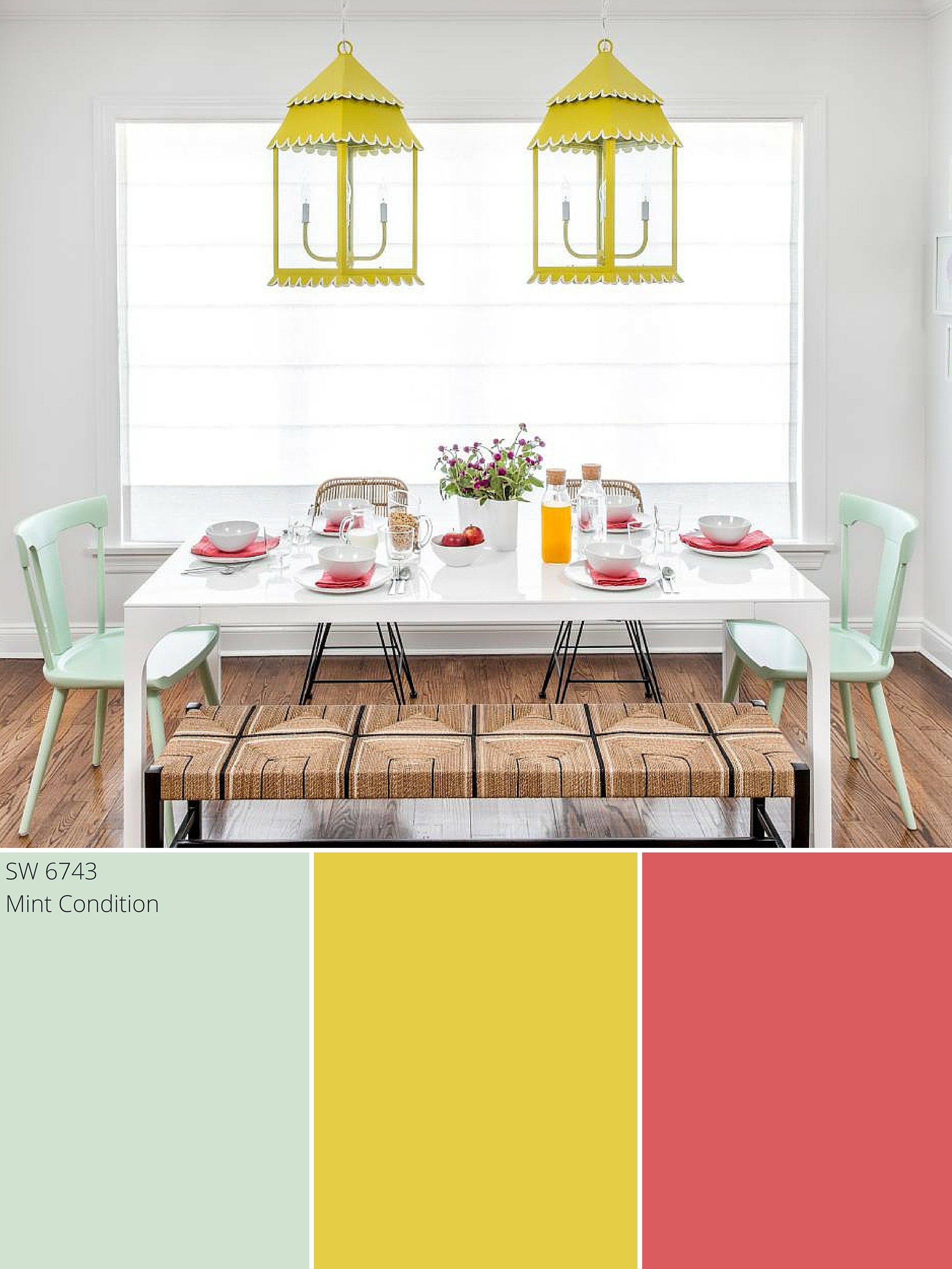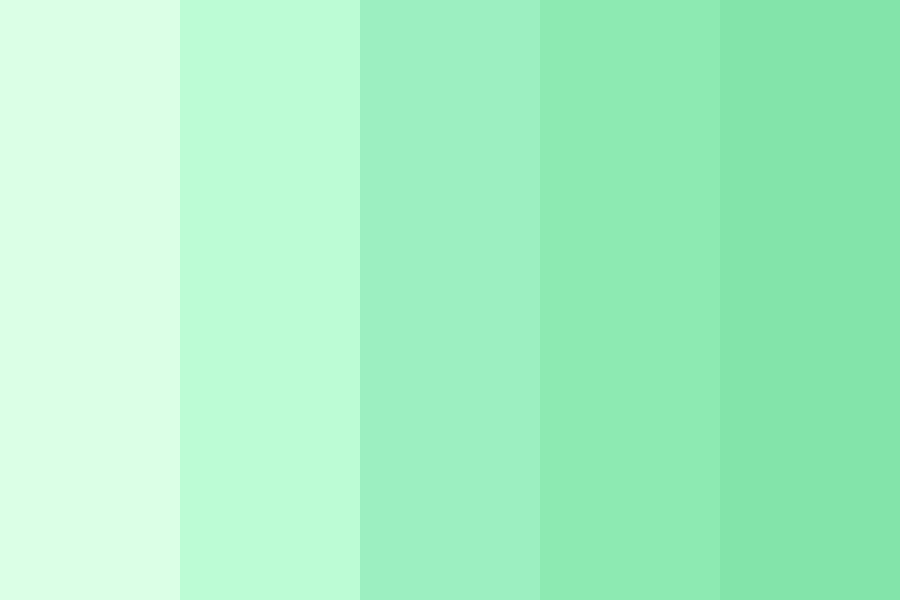

This can be achieved through the use of analogous, complementary, or monochromatic color schemes, among others.

Like green, orange, and blue-violet, or red-orange, yellow-green, and blue-violet. Triadic color combinations are three colors evenly spaced on the color wheel, offering richer and more vibrant color combinations.


Think of the progression of yellow to green, or red to orange. Analogous color combinations are two to five adjacent colors on the color wheel that create balance and harmony, with one dominant color and others supporting it.This includes orange and blue, red and green, yellow and purple. Complementary color combinations are colors opposite each other on the color wheel, creating high-contrast and attention-grabbing effects.Different types of color combinationsĬolor combinations can be grouped into three main categories: Warm colors often convey energy and vitality, while cool colors suggest calmness and stability. Drawing a line through the center of the wheel reveals the clear distinction between warm colors (reds, oranges, yellows) and cool colors (blues, greens, violets). Newton's color classification helps people understand how colors relate to each other. Examples include red-orange, yellow-orange, yellow-green, blue-green, blue-violet, and red-violet. Tertiary colors are created by mixing a primary color with a secondary color.The secondary colors are green (blue + yellow), orange (red + yellow), and violet (red + blue). Secondary colors are created by mixing two primary colors.In the traditional color wheel, the primary colors are red, blue, and yellow. Primary colors are the basic colors that cannot be created by mixing other colors.Newton classified colors as primary, secondary, and tertiary. The color wheel, created by Issac Newton, is a circular diagram that shows the relationships between colors, helping us understand how colors work together and how they can be combined to create various colors and different shades. Simply put, color theory is the study of how our minds react to color. These principles are closely related to color psychology, which examines how our brains interpret and respond to color. How color worksīefore we dive into the color palettes, it’s important to understand color theory and the color wheel. To make the process a bit easier, we've assembled some of our favorite sophisticated color palettes that cater to both classic and modern design preferences. When you have a color palette that’s well-balanced, it can be the key to an effective and captivating design.īut determining the ideal palette for your next project can be intimidating with so many color combinations to choose from. Palettes can be used to establish the overall look and feel of a project, evoke specific emotions or messages, and ensure a cohesive visual identity. Whether you’re working on web design, social media assets, or brand colors, picking the right color palette is a fundamental aspect of any visual project.


 0 kommentar(er)
0 kommentar(er)
